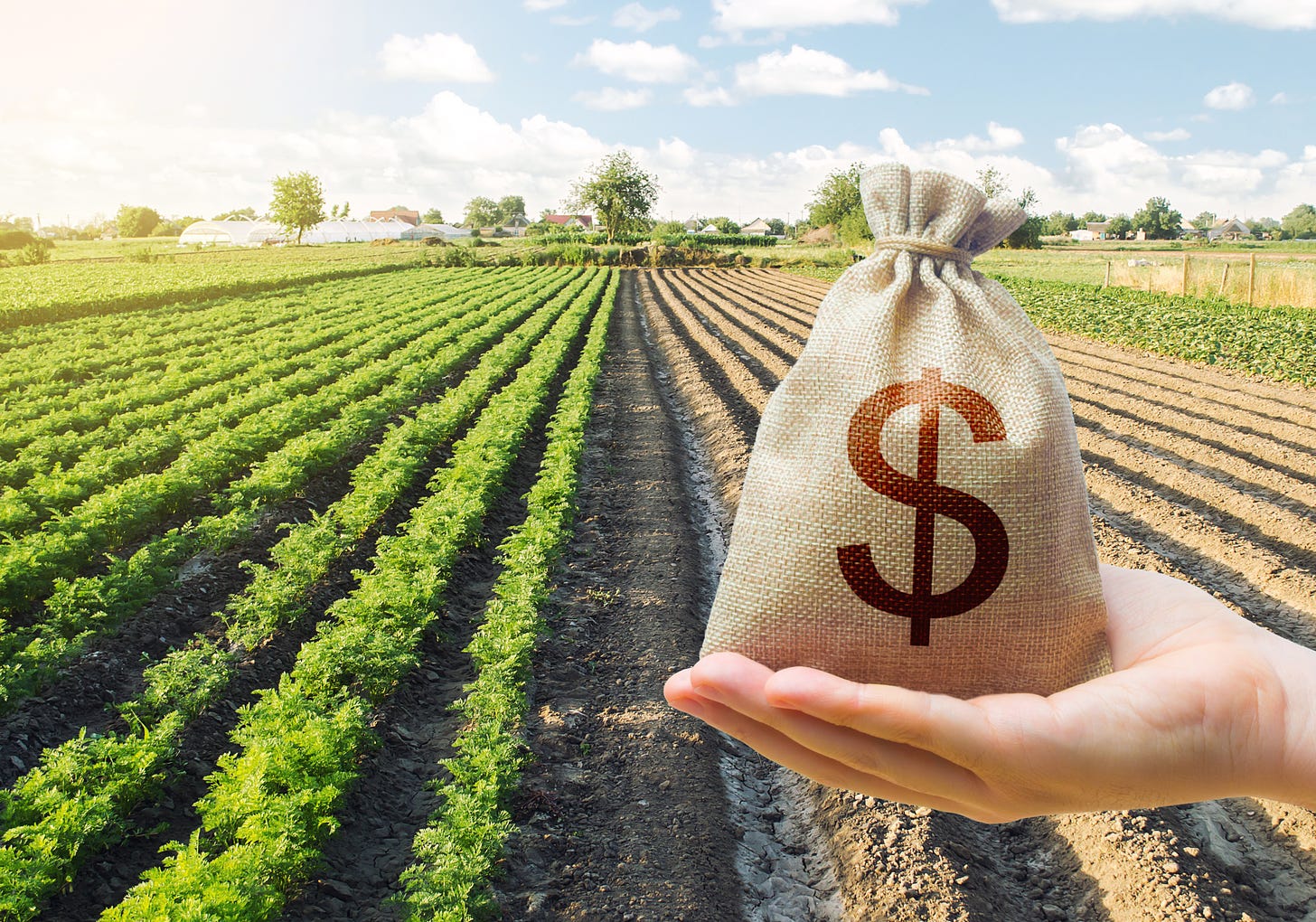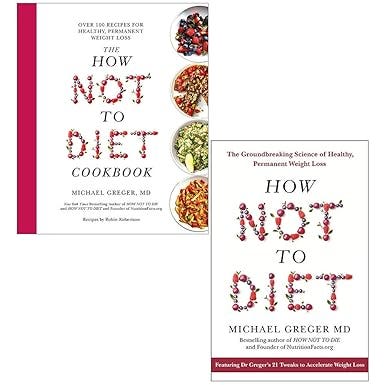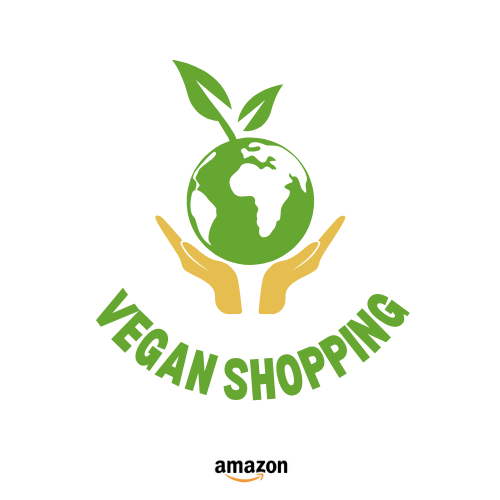Unhealthy Choices, Unintended Consequences: How Taxpayer Subsidies Fuel the Obesity Epidemic
Health
The United States faces a crisis of staggering proportions: the obesity epidemic. According to the Centers for Disease Control and Prevention (CDC), in 2019-2020, over 42% of adults in the U.S. were classified as obese [1]. This number continues to rise, mirroring a global trend highlighted by the World Health Organization (WHO) [2]. While many factors contribute, a significant, yet often overlooked, culprit lies in our very own subsidy system.
‘‘Taxpayer subsidies in the U.S. have fueled the obesity epidemic by making high-calorie, low-quality foods cheap and accessible, thus promoting poor dietary habits and contributing significantly to rising obesity rates across the nation.’’
This article explores how taxpayer dollars, intended to support agriculture, have inadvertently distorted the food market, making unhealthy choices the easier and cheaper option for millions of Americans.
The Shift from Quantity to Quality
The rise in obesity isn't simply about people eating more; it's about the drastic shift in food quality. The American diet has become increasingly dominated by cheap, convenient, and highly-processed foods [3]. These calorie-dense, nutrient-poor options are often packed with sugar, unhealthy fats, and refined carbohydrates. Their affordability and ubiquity are largely fueled by a system of federal subsidies.
Subsidies: A Double-Edged Sword
Taxpayers contribute billions annually to support industries like corn, sugar, and soybeans [4]. The Environmental Working Group (EWG) estimates that between 2000 and 2018, these commodity crop subsidies totaled over $1 trillion [4]. These subsidies translate to lower production costs for high-fructose corn syrup, vegetable oils, and animal feed, the very ingredients that make processed and fatty meats so affordable. The consequences are clear: sugary sodas and unhealthy snacks become cheaper while fresh fruits and vegetables remain relatively expensive. A 2012 report by the Connecticut Public Interest Research Group (ConnPIRG) found that since 1995, the U.S. Department of Agriculture (USDA) has provided over $18 billion in subsidies for junk food ingredients like corn syrup, while allocating only a fraction of that amount to fruits and vegetables [5]. This price disparity incentivizes unhealthy choices, particularly for low-income families who rely on programs like the Supplemental Nutrition Assistance Program (SNAP) that may not adequately incentivize fresh produce.
A Fork in the Road: Plant-Based Benefits
Fortunately, there's a healthier path forward. A growing body of research suggests that a plant-based diet, rich in fruits, vegetables, whole grains, legumes, and nuts, offers a multitude of benefits [10]. Studies have shown that plant-based eating can help reduce the risk of obesity, heart disease, type 2 diabetes, and certain cancers [10]. Plant-based meals are also often lower in calories and saturated fat while being higher in fiber, vitamins, and minerals – essential for overall health and well-being.
Profitability in the Food Chain
Economics plays a major role in shaping our food landscape. Whole foods and minimally processed options, like fruits and vegetables, offer slim profit margins, often sold at a loss to attract customers. In contrast, ultra-processed foods with high sugar, fat, and salt content are incredibly profitable. The Public Health Law Journal cites research showing that sugary drinks boast profit margins as high as 35%, compared to a much lower margin for healthier options like milk [6]. The profit motive of major food corporations incentivizes the marketing and proliferation of these unhealthy options. Take, for instance, Frito-Lay products, which despite constituting a small percentage of supermarket sales (around 1%), contribute significantly to their profits. According to a 2005 article in the Wall Street Journal, Frito-Lay products accounted for over 10% of operating profits and 40% of profit growth for its parent company at the time [7].
Special Deal 36% Off!
’’The How Not To Diet Cookbook & How Not To Diet’’ By Michael Greger 2 Books Collection Set Hardcover
Beyond the Sugar vs. Fat Debate
Discussions about obesity often focus on sugar versus fat. However, the reality is more complex. Both sugar and fat are heavily subsidized, as evidenced by the aforementioned corn and soybean subsidies [3]. Harvard T.H. Chan School of Public Health reports that per capita sugar consumption in the U.S. has increased by 20% since the 1970s, while added fats have seen a 38% increase [3]. This, coupled with the rise in refined grains found in many processed foods, paints a clear picture: readily available, subsidized unhealthy ingredients contribute to the growing obesity problem.
The Historical Context: The Farm Bill
Originally designed to protect small farmers during the Great Depression, the Farm Bill has undergone significant changes over time. While some support continues for small farms, the majority of subsidies now benefit large agribusinesses [8]. This shift has resulted in substantial subsidies for industries like beef, pork, and corn. According to a 2009 study published in the American Journal of Clinical Nutrition, global beef prices dropped by over 60% between 1970 and 1994, largely due to these subsidies [9]. This price decrease has undoubtedly contributed to the increased consumption of meat, a trend linked to obesity and other health problems.
Conclusion: A Call to Action
The obesity epidemic is not just a public health concern; it has significant economic costs. The CDC estimates that the annual medical cost associated with obesity in the U.S. is over $170 billion [1]. Reevaluating our subsidy system to promote healthier choices is a crucial step towards improving public health outcomes and reducing these costs. By prioritizing fruits, vegetables, whole grains, and legumes through subsidies and agricultural policies, we can incentivize a shift towards a plant-based diet. This would not only benefit individual health but also contribute to a more sustainable food system.
The Power of Policy
Shifting towards a plant-based food system goes beyond individual dietary choices. Policy changes can play a significant role in making healthier options more accessible and affordable. Here are some potential solutions:
Subsidy Reform: Redirect subsidies away from crops that contribute to unhealthy processed foods and towards those that promote a plant-based diet. This could incentivize farmers to grow more fruits, vegetables, and legumes.
Incentivize Plant-Based Options: Implement tax breaks or financial incentives for producers of plant-based proteins and whole grains. This could level the playing field and make these healthier options more competitive with subsidized animal products.
Invest in Education: Increase public education initiatives promoting the benefits of a plant-based diet and healthy eating habits. This could empower individuals to make informed choices about their food.
By combining policy changes with a growing awareness of the benefits of plant-based eating, we can create a food environment that supports a healthier and more sustainable future.
Sources:
Centers for Disease Control and Prevention (CDC). "Adult Obesity Facts." Link
World Health Organization (WHO). "Obesity and Overweight." Link
Harvard T.H. Chan School of Public Health. "The Nutrition Source: The Standard American Diet." Link
Environmental Working Group (EWG). "Farm Subsidy Database."
Connecticut Public Interest Research Group (ConnPIRG). "Apples to Twinkies: Comparing Federal Subsidies of Fresh Produce and Junk Food."
Public Health Law Journal. "Economic Incentives for Healthier Diets."
Wall Street Journal. "Frito-Lay Dominates Snack Sales."
National Sustainable Agriculture Coalition. "The Farm Bill."
American Journal of Clinical Nutrition. "Global Beef Prices and Consumption Trends."
Academy of Nutrition and Dietetics. "Plant-Based Diets: A Resource for Healthcare Professionals."
Get my new booklet ‘‘25 Vegan Myths Debunked!’’
This concise guide is invaluable for anyone curious about veganism, offering evidence-based insights and practical guidance to navigate vegan living confidently. All proceeds benefit the promotion of animal rights worldwide!
Visit Our Amazon Store!
Notice: As an Amazon Associate, we earn a commission from qualifying purchases that help promote animal rights worldwide!
General Resources
Books:
Dominion: The Power of Animals in Nature and in Our Imagination by Matthew Scully
Animal Liberation by Peter Singer
Eating Animals by Jonathan Safran Foer
A Billion Hungry Mouths: Feeding the World Without Consuming the Planet by Colin Tudge
Websites and organizations:
Documentaries:
Articles:
"The Case for Animal Rights" by Tom Regan
‘‘Why We Love Dogs, Eat Pigs, and Wear Cows: An Introduction to Carnism’’ by Melanie Joy
‘‘Animal Rights: The Abolitionist Approach’’ by Gary L. Francione
‘‘Fellow Creatures: Our Obligations to the Other Animals’’ by Christine Korsgaard
Seeds of Compassion: Finding Jesus Christ in a Vegan World by Michael Corthell
Receive a single informative article daily at 12:01 AM by email. Explore my homepage with exciting vegan and plant-based news content and delightful and delicious recipes for additional updates. Stay connected to the vegan world and all it has to offer.
Visit The Vegan Project Global our Facebook page for more vegan outreach and education.
Also, visit our new YouTube channel
The information on this vegan/plant-based blog is for general informational purposes only. It is not intended as legal, medical, or professional advice. Readers should consult with appropriate professionals for specific advice tailored to their situation. The blog owner is not responsible for any reliance on the information herein.







Excellent article, thank you!!!